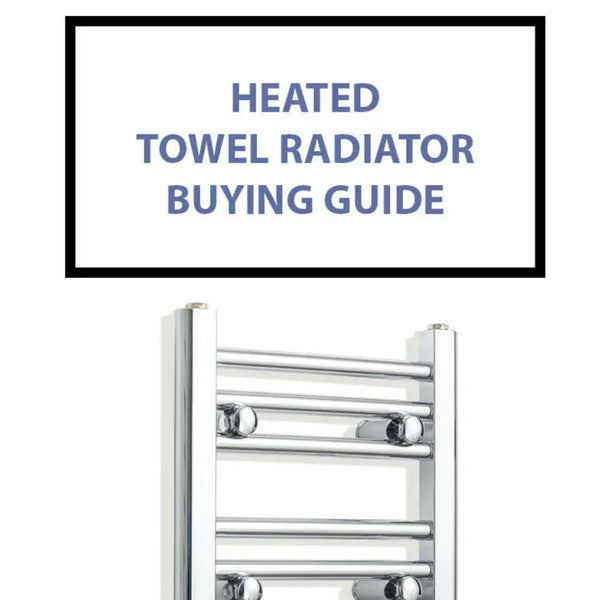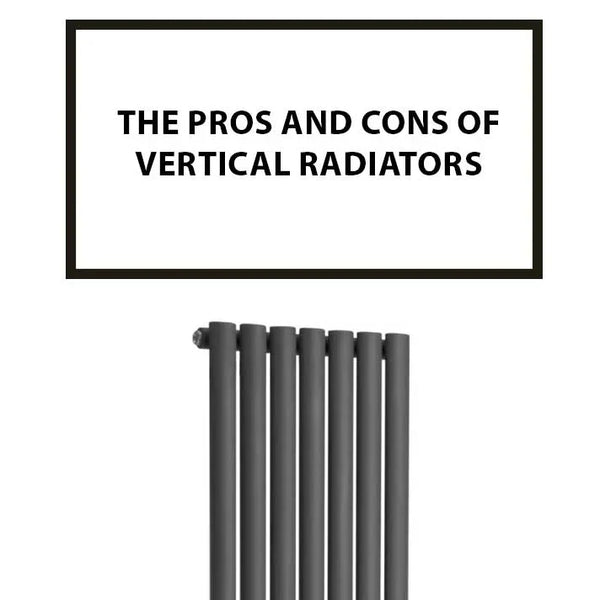Electric vs Dual Fuel vs Central Heating: Which Towel Rail Wins?
When it comes to choosing a new heated towel rail for your bathroom, the decision goes far beyond aesthetics. You're choosing a core piece of your home's heating technology, and three main contenders are vying for the top spot: the traditional Central Heating model, the independent Electric only version, and the versatile Dual Fuel. In a head-to-head battle, which one truly comes out on top for the modern UK homeowner in 2025?
To declare a champion, we need to put them through their paces across the categories that really matter: winter performance, summer convenience, installation, and overall value. This guide will pit the three types against each other in a definitive showdown. We'll analyse their strengths and weaknesses to help you understand which towel rail will be crowned the winner for your home.
Round 1: Winter Performance & Running Costs
In the depths of a British winter, you need reliable and cost-effective heat. Here's how our contenders stack up when the heating is on full blast.
In the Red Corner, Central Heating: This is the traditional champion of winter heating. Plumbed directly into your 'wet' system, it runs on your main gas boiler. With the unit cost of gas being significantly cheaper (around 7p/kWh) than electricity, running a central heating towel rail as part of your whole house schedule is incredibly economical. It provides powerful, sustained heat (high BTU output) for just a tiny fraction of your overall gas bill.

In the Blue Corner, Electric-Only: An electric towel rail is a powerful independent fighter, but it relies on a more expensive fuel source. With electricity costing around 25p/kWh, using an electric model as your primary source of bathroom heat for many hours a day throughout winter will result in higher running costs compared to a gas-powered central heating system.

In the Green Corner, Dual Fuel: In winter, the dual fuel model fights smart. It uses its central heating connection to run on the cheaper gas supply, just like the dedicated central heating model. Its performance and running costs in this mode are identical.

The Verdict for this Round: For pure, cost-effective winter performance, it's a clear victory. The ability to leverage cheaper gas fuel is paramount.
Winner: Central Heating & Dual Fuel (in CH mode)
Round 2: Summer Usability & Convenience
The fight changes completely on a damp, mild summer's day when you want dry towels but don't need to heat the entire house.
Central Heating: The winter champion is immediately knocked out of the running. Its only move is to activate the entire central heating system, a massively inefficient and expensive action just for one room. In summer, it's completely unusable, making it a one-season contender.
Electric-Only: This is where the electric model shines. It operates on-demand, 365 days a year. With its Lot 20 compliant timer, you can program it to come on for an hour in the morning, costing just a few pence to run its efficient element. It provides the luxury of warm towels whenever you want, with no waste.
Dual Fuel: The hybrid contender switches its strategy. The plumber closes the central heating valve, and the owner flicks the switch for the electric element. It now performs identically to the electric-only model, offering the same on-demand, low-cost summer heating.
The Verdict for this Round: The ability to work independently of the main boiler is a knockout feature.
Winner: Electric-Only & Dual Fuel (in Electric mode)
Round 3: Installation Cost & Simplicity
How much hassle and expense is involved in getting each contender into the ring?
Central Heating: For a direct, like-for-like swap with an existing radiator where the pipe centres match, this is the simplest and cheapest installation, requiring only a plumber for about an hour or two of work. However, for a new installation where pipes must be run, it becomes the most disruptive and expensive option. See all central heating towel rails.
Electric-Only: For a new installation in a room with no existing pipes (like an en-suite), this is the champion of simplicity. It requires no plumbing at all, just a qualified electrician to mount it and wire it into a fused spur. This is significantly less disruptive and cheaper than extending a home's plumbing system.
Dual Fuel: This is the most complex installation of the three. To be fitted safely and correctly, it requires the skills of *both* a qualified plumber (for the wet connection) and a qualified electrician (for the electrical connection). This can sometimes lead to slightly higher installation costs due to coordinating two trades.
The Verdict for this Round: This round has no single winner, as it depends entirely on the scenario.
Winner: A Draw (Central for a direct swap, Electric for a new room)
The Final Verdict: And the Overall Winner Is…
After three rounds, we've seen the strengths and weaknesses of each contender. The Central Heating model is a powerful but inflexible winter specialist. The Electric-Only model is a superbly convenient but potentially costly winter performer. But there is one contender that combines the strengths of the others with none of their critical flaws.
The undisputed champion for the vast majority of UK homes is the Dual Fuel Towel Rail.
It wins because it is the only option that offers a 'no-compromise' solution. It gives you the powerful, cost-effective gas-powered heating of a central heating rail in the winter, and the flexible, on-demand convenience of an electric rail in the summer. It allows you to always use the most efficient and economical fuel source for the season, guaranteeing you the comfort of warm towels 365 days a year without any waste.
While the initial investment and installation may be slightly higher, the long-term savings and year-round practicality provide a return on investment that the other two contenders simply cannot match. It is the smartest, most versatile, and ultimately the most valuable choice for a modern bathroom.
FAQ: Choosing Your Heating Type
Here are our answers to the most common questions to help you decide.
Which type is the cheapest to install?
If you are directly replacing an existing radiator with pipes already in place, a central heating model is the cheapest to install as it's a simple swap. If you are fitting a rail in a new location with no existing pipes, an electric-only model is significantly cheaper to install.
Which type is the cheapest to run?
This depends on the season. In winter, central heating is cheaper. In summer, electric is cheaper. A dual fuel model is the most economical overall because it allows you to always choose the cheapest option for the time of year.
Can I convert my existing central heating towel rail to dual fuel later?
Yes, absolutely. As long as your rail has a standard inlet, a plumber and electrician can retrospectively fit a T-piece and a heating element to convert your existing central heating rail into a full dual fuel model. This is a very popular and straightforward upgrade.
Do electric and dual fuel models require special wiring?
Yes. For safety and legal compliance in a UK bathroom, the electric element for both types must be hard-wired into a fused spur by a qualified electrician. They cannot be plugged into a standard socket.
I have underfloor heating. Which towel rail type is best?
If you already have underfloor heating, your room's main heating is sorted. Therefore, the towel rail's job is purely to dry towels. In this case, an electric-only model is the perfect choice, as you can switch it on for an hour or two whenever you need it, completely independently of your other heating.







